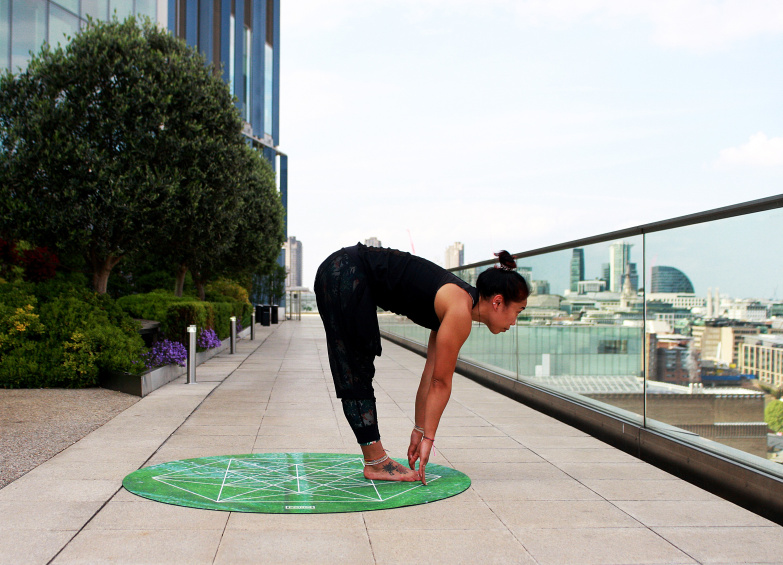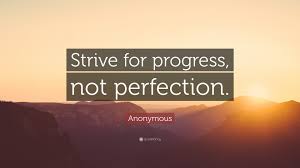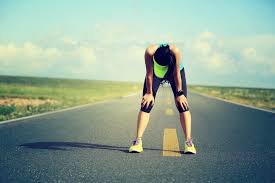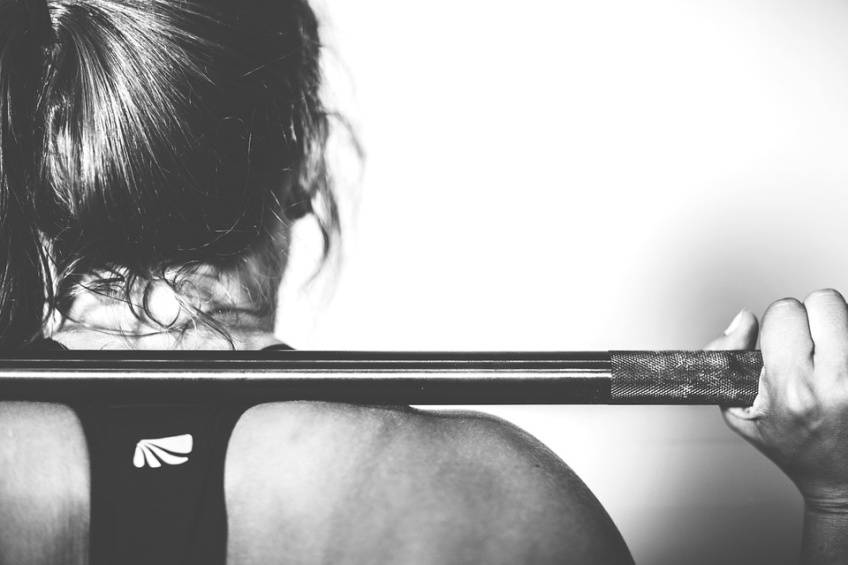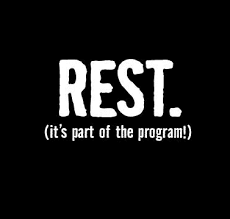Whether it is at work or in the gym, we are all looking for an edge. We work hard for our goals, yet sometimes our progress stalls, like a teenager learning to drive a stick shift.
There are many ways to get great results, and often they’ll cost you money for a special product that may not even help. However, there are plenty of natural ways to enhance your performance without costing you a penny. Simple tweaks to help push you past that plateau.
Below is a natural way to maximize your results while in the gym.
Hydration
While drinking water sounds painfully obvious, did you know that most Americans are constantly in some form of dehydration? Being properly hydrated will help almost every aspect of a person’s life. Water is essential to maintain blood volume, regulate body temperature, and allow muscle contractions to occur. Further, water has a thermogenic effect on the body that has been proven to aid in fat loss. Finally, when properly hydrated, your exercises will “feel” easier, allowing you to move and feel better while in the gym.
You should aim to drink about half you weight (in ounces) of water each day. For example, an 180lb individual should drink at least 90oz of water. A quick and tasty way to improve your water is to add freshly sliced limes, lemons, or cucumbers. How do you know if you are properly hydrated? The simplest way to know is by the color of your urine. It should be clear with or have an off-yellow tone.
There are many different means to become hydrated outside of drinking water. All fluids can be used for hydration (except alcohol). Focus on consuming or drinking the following: Water (unflavored or naturally flavored), sports drinks, soup (watch out for high sodium levels), low fat milk (non-fat or 1%), coffee, herbal tea, and fruit (watermelon is 90% water, oranges, grapefruit, cantaloupe, honeydew melon, etc). In fact, eating more fruit is an excellent way for those wanting to lose weight. Fruit will have fewer calories and re-hydrate you simultaneously. It’s a win-win situation.
For more re-hydrating fruit examples, click here.
You lose more than just water during your workouts. When you sweat, you are losing electrolytes, such as potassium and sodium. An easy way to replace those lost electrolytes is to drink a sports drink (i.e. Gatorade, Powerade).
Sports drinks have three primary roles:
1 – prevent dehydration
2 – replace electrolytes
3 – provide carbohydrates for exercise use.
Fair warning – Sport drinks can range from 20-150 calories, primarily consisting of carbs, so be wary if you are on a low carb diet. Simple solution is to pour out ½ the contents in your Gatorade and replace with water (dilution).
So next time you start looking on-line or in your local health food store for the “Next Big Thing” to help you improve performance. Take a moment and ask yourself how hydrated you keep yourself through the day. Chances are if you have not been at your best, water will make all the difference and cost you very little!
Written By, Flow Coach Mackennon Klink, BS, CSCS, PN1



